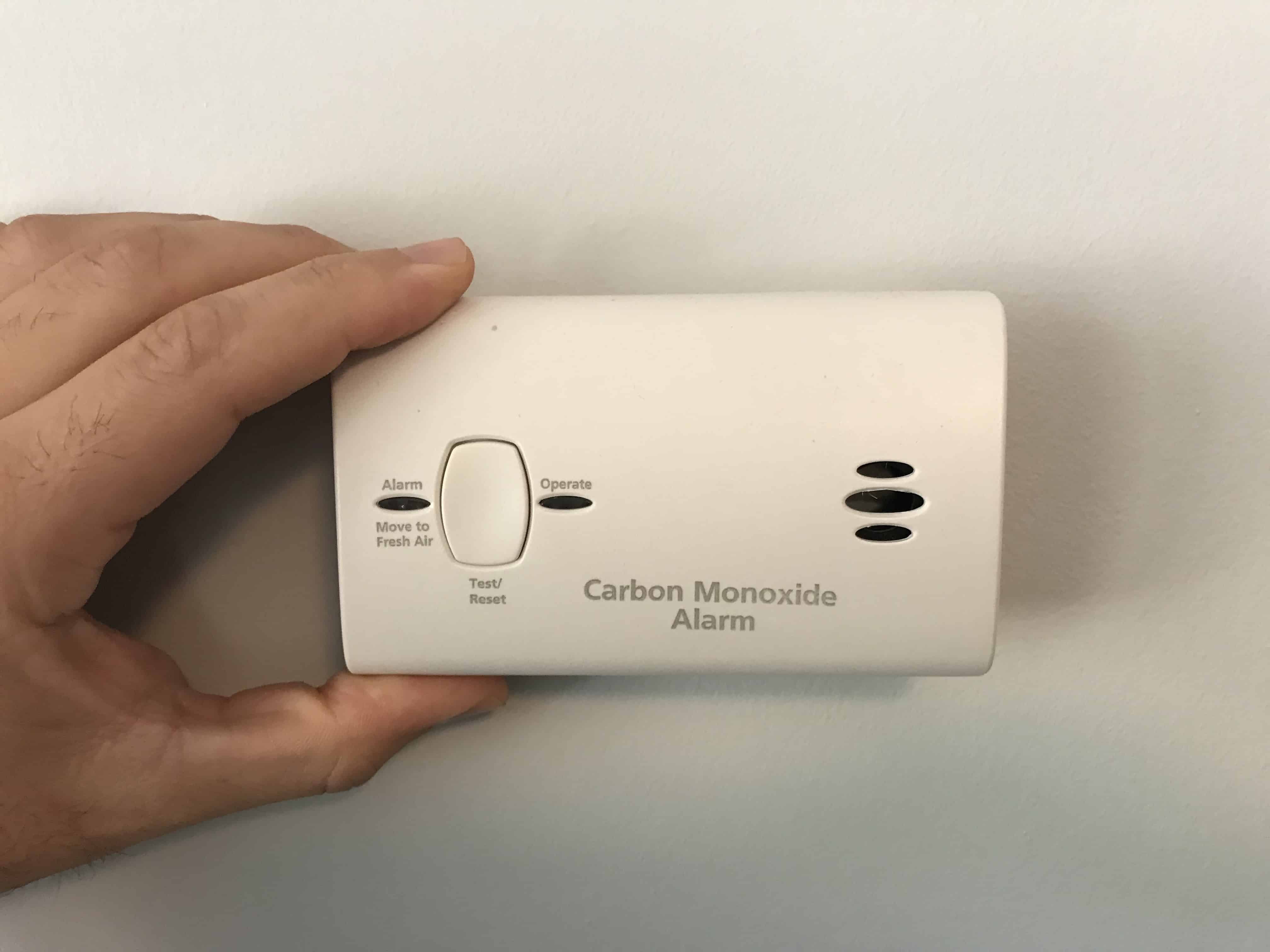

Articles
When Is A Carbon Monoxide Detector Required
Modified: February 23, 2024
Learn about the requirements for carbon monoxide detectors in this informative article. Stay safe and protect your home from this silent killer.
(Many of the links in this article redirect to a specific reviewed product. Your purchase of these products through affiliate links helps to generate commission for Storables.com, at no extra cost. Learn more)
Introduction
Carbon monoxide (CO) is a colorless, odorless, and tasteless gas that can be extremely dangerous to human health. It is produced by the incomplete combustion of fossil fuels, such as coal, gas, oil, and wood. This silent killer can quickly build up in enclosed spaces and pose serious health risks, including poisoning and even death.
Because carbon monoxide is invisible and undetectable without specialized equipment, it is important to have proper safety measures in place to protect yourself and your loved ones. One such safety measure is the installation of carbon monoxide detectors.
Carbon monoxide detectors are devices that are designed to alert individuals when elevated levels of carbon monoxide are present in the surrounding environment. These detectors provide an early warning system that can potentially save lives by allowing individuals to evacuate the premises and seek medical attention in a timely manner.
In this article, we will explore the importance of carbon monoxide detectors and when they are required to be installed. We will also discuss the different types of detectors available, maintenance tips, and testing procedures to ensure their effectiveness.
By understanding the risks associated with carbon monoxide and taking the necessary precautions, we can create a safer environment for ourselves and our families.
Key Takeaways:
- Protect your loved ones by installing carbon monoxide detectors in residential and commercial buildings. Stay compliant with regulations, choose the right type of detector, and prioritize regular maintenance to ensure optimal safety.
- Educate yourself and others about the dangers of carbon monoxide, its sources, and the importance of early detection. By taking proactive measures and staying informed, you can create a safer environment and prevent potential carbon monoxide-related incidents.
Read more: When Do I Need A Carbon Monoxide Detector
Understanding Carbon Monoxide
Before diving into the importance of carbon monoxide detectors, it is essential to have a good understanding of carbon monoxide itself. Carbon monoxide is a toxic gas that is produced when fuel is burned. When the combustion process is incomplete, such as in cases of faulty or improperly maintained appliances, carbon monoxide can be released.
One of the reasons carbon monoxide is so dangerous is its ability to quickly spread and accumulate in enclosed spaces. It is virtually impossible to detect carbon monoxide without the use of specialized equipment, as it has no odor, taste, or color. This makes it incredibly difficult to know if you are being exposed to this harmful gas.
Exposure to high levels of carbon monoxide can have severe health consequences. Inhalation of carbon monoxide can lead to symptoms such as headaches, dizziness, nausea, confusion, and shortness of breath. Prolonged exposure or high levels of carbon monoxide can result in loss of consciousness, organ damage, and ultimately, death.
It is important to note that everyone is at risk of carbon monoxide poisoning. However, certain individuals, such as young children, the elderly, pregnant women, and individuals with pre-existing health conditions, are more vulnerable to the effects of carbon monoxide.
Common sources of carbon monoxide in homes and buildings include fireplaces, furnaces, gas stoves, water heaters, generators, and vehicles. It is essential to ensure that all fuel-burning appliances and equipment are properly maintained, vented, and checked regularly by qualified professionals to minimize the risk of carbon monoxide leaks.
Now that we have a better understanding of carbon monoxide and its dangers, let’s explore why carbon monoxide detectors are crucial in protecting ourselves and our loved ones.
Importance of Carbon Monoxide Detectors
Carbon monoxide detectors play a vital role in safeguarding our homes and buildings against the hidden threat of carbon monoxide. Here are a few reasons why these detectors are of utmost importance:
1. Early Warning System: Carbon monoxide detectors act as an early warning system, alerting individuals when elevated levels of carbon monoxide are detected in the environment. This allows people to quickly respond and take necessary measures to protect themselves, such as evacuating the premises and seeking fresh air.
2. Prevention of Carbon Monoxide Poisoning: With the ability to detect carbon monoxide at low levels, detectors can help prevent carbon monoxide poisoning. By alerting individuals at the earliest stages of exposure, they provide an opportunity to address the source of the problem and rectify it before it becomes life-threatening.
3. Peace of Mind: Installing carbon monoxide detectors provides peace of mind, knowing that you have a reliable safety measure in place to detect the presence of this toxic gas. This is especially important at night when the silent and odorless nature of carbon monoxide can be particularly dangerous.
4. Compliance with Building Codes: Many jurisdictions have building codes and regulations that mandate the installation of carbon monoxide detectors in residential and commercial buildings. Ensuring compliance with these requirements helps maintain the safety and well-being of occupants and avoids potential legal repercussions.
5. Protection for Vulnerable Individuals: Carbon monoxide poses a higher risk to certain individuals, including children, the elderly, and those with pre-existing health conditions. By having carbon monoxide detectors installed, you provide an added layer of protection for these vulnerable individuals, ensuring their safety.
6. Affordable Solution: Carbon monoxide detectors are relatively inexpensive compared to the potential costs associated with carbon monoxide poisoning. Investing in a detector is a small price to pay for the peace of mind and protection it provides.
Remember, carbon monoxide is a real threat that can have serious consequences. By installing carbon monoxide detectors, you are taking a proactive step towards creating a safer living or working environment for yourself and those around you.
When Are Carbon Monoxide Detectors Required?
The requirement for carbon monoxide detectors varies depending on the jurisdiction and the type of building. Here are some general guidelines to help you understand when carbon monoxide detectors are typically required:
1. Residential Buildings: In many jurisdictions, carbon monoxide detectors are required in residential buildings. This includes single-family homes, multi-family dwellings, apartments, condos, and rental properties. The specific requirements may vary, but they typically involve having carbon monoxide detectors installed in certain areas of the home, such as near sleeping areas or on each level of the building.
2. Commercial Buildings: Similarly, commercial buildings are also subject to carbon monoxide detector requirements. This includes offices, retail stores, restaurants, hotels, and other non-residential structures. The regulations may differ based on the size and occupancy of the building, but generally, carbon monoxide detectors are required in areas where fuel-burning appliances or equipment are present, such as boiler rooms or commercial kitchens.
3. New Construction: Many building codes now include provisions for carbon monoxide detectors in new construction projects. This means that if you are building a new home or commercial building, you will likely be required to install carbon monoxide detectors as part of the construction process. The specific placement and quantity of detectors will depend on the building code requirements in your area.
4. Renovations and Remodeling: In some cases, renovations and remodeling projects may trigger the requirement for carbon monoxide detectors. If you are making significant changes to your home or building, it is important to check with your local building department to determine if the installation of detectors is necessary.
It is crucial to familiarize yourself with the specific regulations and codes in your jurisdiction to ensure compliance. Carbon monoxide detector requirements may differ from one place to another, so it is essential to consult with local authorities or seek the guidance of a professional to ensure that you are meeting the legal obligations.
Remember, even if carbon monoxide detectors are not required by law in your area, it is still highly recommended to install them for your safety and the well-being of anyone who occupies the building.
Requirements for Residential Buildings
The specific requirements for carbon monoxide detectors in residential buildings can vary depending on the jurisdiction and building codes. However, there are some common guidelines to consider when it comes to installing carbon monoxide detectors in residential settings:
1. Location: Carbon monoxide detectors should be installed in areas of the home where occupants can easily hear the alarm. It is recommended to have detectors near each sleeping area or in each bedroom to provide maximum protection while individuals are asleep. Additionally, detectors should be placed on every level of the home, including the basement.
2. Quantity: The number of carbon monoxide detectors required will depend on the size and layout of the residential building. As a general rule, it is best to have at least one detector on each floor of the home. However, larger homes or homes with multiple sleeping areas may require additional detectors to ensure comprehensive coverage.
3. Power Source: Carbon monoxide detectors can be powered by batteries or connected to the home’s electrical system. It is recommended to have a combination of battery-operated and hardwired detectors for increased reliability. Battery-operated detectors are essential as a backup in case of power outages, while hardwired detectors provide continuous monitoring when the power is on.
4. Interconnection: Interconnecting carbon monoxide detectors is another important consideration. Interconnection allows all detectors in the home to communicate with each other. When one detector detects elevated levels of carbon monoxide, it triggers all the interconnected detectors to sound the alarm simultaneously. This ensures that occupants throughout the home are alerted even if they are not in close proximity to the source of the carbon monoxide.
5. Compliance with Regulations: It is essential to follow the regulations and guidelines set forth by your local jurisdiction. Familiarize yourself with the specific requirements for carbon monoxide detectors in residential buildings in your area to ensure compliance. Your local building department or fire department can provide you with the necessary information and guidelines.
Remember, the purpose of carbon monoxide detectors is to provide early warning and protection. Proper installation, including correct placement, quantity, and interconnection, ensures that the detectors effectively detect and alert occupants in the event of elevated carbon monoxide levels, helping to prevent carbon monoxide poisoning and safeguard the lives of those within the residential building.
In general, carbon monoxide detectors are required in all residential buildings with fuel-burning appliances or attached garages. It’s important to check your local building codes for specific requirements.
Read more: When Does A Carbon Monoxide Detector Go Off
Requirements for Commercial Buildings
Commercial buildings, including offices, shops, restaurants, and hotels, typically have specific requirements for carbon monoxide detectors. These requirements can vary based on the size and occupancy of the building, as well as local building codes and regulations. Here are some general guidelines to consider when it comes to carbon monoxide detector requirements for commercial buildings:
1. Designated Areas: Commercial buildings often have designated areas where fuel-burning appliances or equipment are present. These areas may include boiler rooms, mechanical rooms, commercial kitchens, or any other space where combustion processes occur. Carbon monoxide detectors should be installed in these areas to monitor and detect any potential carbon monoxide leaks.
2. Occupancy Type: The type of business or occupancy within a commercial building may also impact the requirement for carbon monoxide detectors. For example, restaurants with commercial kitchens that use gas-powered appliances often have stricter requirements for detector placement and quantity.
3. Quantity and Placement: The number of carbon monoxide detectors required in commercial buildings will depend on the size and layout of the space, as well as the specific regulations in your jurisdiction. It is recommended to consult with local building authorities or fire departments to determine the appropriate quantity and placement of detectors based on your building’s characteristics.
4. Alarm Audibility: The audibility of carbon monoxide alarms is crucial in commercial buildings where there may be a higher number of occupants. The sound produced by the detectors should be loud and distinct to ensure that occupants can hear and respond to the alarm, even in noisy environments.
5. Integration with Fire Alarm System: In some jurisdictions, commercial buildings may be required to integrate carbon monoxide detection systems with their existing fire alarm systems. Integration allows for centralized monitoring and control, ensuring that appropriate authorities are notified in the event of a carbon monoxide alarm.
6. Compliance with Local Regulations: It is imperative to comply with the specific regulations and codes set forth by your local jurisdiction for commercial buildings. Familiarize yourself with the requirements for carbon monoxide detectors, including placement, quantity, and integration, to ensure compliance and the safety of occupants.
Remember, the goal of carbon monoxide detectors in commercial buildings is to ensure early detection and provide a timely warning to occupants and employees. By following the regulations and guidelines applicable to your building, you can help create a safe environment and protect against the potential dangers of carbon monoxide.
When to Install Carbon Monoxide Detectors
Installing carbon monoxide detectors is a critical step in protecting yourself and your loved ones from the dangers of carbon monoxide poisoning. Here are some important times when you should install carbon monoxide detectors:
1. New Homes: If you are building a new home or moving into a new construction, it is essential to install carbon monoxide detectors during the construction process. By installing them from the start, you can ensure that your home is equipped with this important safety measure from the beginning.
2. Existing Homes: If you are currently living in an existing home that does not have carbon monoxide detectors, it is crucial to install them as soon as possible. Carbon monoxide can be present in any home, regardless of age or construction type. Protecting your family from this silent killer should be a top priority.
3. Rental Properties: If you are a landlord or own rental properties, it is your responsibility to ensure the safety of your tenants. Installing carbon monoxide detectors in rental properties helps protect your tenants and keeps you compliant with safety regulations and legal obligations.
4. During Renovations: If you are planning any renovations, especially those that involve fuel-burning appliances, it is an opportune time to install or update existing carbon monoxide detectors. This ensures that the detectors are properly placed and functioning optimally in the renovated areas.
5. Near Sleeping Areas: Installing carbon monoxide detectors near sleeping areas is essential. When we sleep, our senses are dulled, making it difficult to detect the presence of carbon monoxide. By placing detectors near bedrooms, you can ensure that you and your family are alerted promptly if carbon monoxide levels become dangerous while you are asleep.
6. On Every Floor: It is recommended to have carbon monoxide detectors on every level of your home. Carbon monoxide is a gas that can quickly and easily spread, so having detectors on each floor provides comprehensive coverage. This is especially important if you have multiple levels or a basement where fuel-burning appliances may be present.
7. Regular Maintenance: Even if you have carbon monoxide detectors installed, it is essential to regularly maintain and test them to ensure they are functioning correctly. Follow the manufacturer’s guidelines for maintenance, including testing the detectors monthly, replacing batteries as needed, and replacing the detectors themselves according to the recommended lifespan.
Remember, carbon monoxide is a silent and deadly gas that can be present in any home or building. Installing carbon monoxide detectors is a proactive step in protecting yourself and your loved ones from this potential danger. It is never too late to install detectors and prioritize the safety of your living environment.
Types of Carbon Monoxide Detectors
There are several types of carbon monoxide detectors available on the market, each with its own advantages and features. Understanding the different types can help you choose the most suitable one for your needs. Here are the most common types of carbon monoxide detectors:
1. Battery-Operated Detectors: Battery-operated carbon monoxide detectors are the most common and widely available type. These detectors are easy to install and can be placed anywhere in the home without the need for wiring. They typically use replaceable batteries, and some models offer features like digital displays and tamper-proof designs. Battery-operated detectors are suitable for both residential and commercial settings.
2. Hardwired Detectors: Hardwired carbon monoxide detectors are directly connected to the electrical system of a building. They are typically installed by a professional electrician and come with a backup battery in case of power outages. Hardwired detectors offer continuous monitoring and do not require battery replacements. They are commonly found in commercial buildings and newly constructed homes.
3. Plug-In Detectors: Plug-in carbon monoxide detectors are designed to be plugged into standard electrical outlets. They often have a battery backup to ensure functionality during power failures. Plug-in detectors are convenient for areas where there are nearby outlets and are commonly used in residential settings.
4. Combination Smoke and Carbon Monoxide Detectors: These detectors combine both smoke and carbon monoxide detection capabilities into a single unit. They offer dual protection by detecting both fire-related smoke and the presence of carbon monoxide gas. Combination detectors are suitable for residential and commercial spaces and are especially recommended for areas near kitchens or potential sources of combustion.
5. Smart Detectors: Smart carbon monoxide detectors use Wi-Fi or Bluetooth connectivity to provide additional features and functionality. These detectors can be controlled remotely through smartphone apps, sending alerts and notifications to your mobile device. Some smart detectors also integrate with home automation systems, allowing for seamless integration with other smart devices in your home. Smart detectors are available in both battery-operated and hardwired versions.
When choosing a carbon monoxide detector, consider factors such as your specific needs, budget, and the layout of your home or building. It is also essential to ensure that the detector you choose complies with relevant safety standards and regulations in your area.
Remember, regardless of the type of detector you choose, regular testing and maintenance are crucial for optimal performance. Follow the manufacturer’s instructions and recommended testing intervals to ensure the detector is functioning correctly and providing reliable protection against carbon monoxide.
Maintenance and Testing of Carbon Monoxide Detectors
Maintaining and testing carbon monoxide detectors is essential to ensure their proper functioning and reliability. Here are some important maintenance tips and testing procedures to keep your detectors in optimal condition:
1. Regular Inspection: Periodically inspect your carbon monoxide detectors for any signs of damage, wear, or corrosion. Check the manufacturer’s guidelines for specific recommendations, but generally, it is recommended to inspect the detectors at least once a month. Ensure that the detectors are free from dust, dirt, or any obstructions that may interfere with their sensors.
2. Test the Alarm: Testing the carbon monoxide detectors is crucial to verify that the audible alarm is working correctly. Follow the manufacturer’s instructions for testing, which usually involves pressing a test button on the detector. The alarm should sound loudly, indicating that the detector is functioning properly. Test the detectors at least once a month and after any maintenance or battery replacement.
3. Battery Replacement: If your carbon monoxide detectors are battery-operated, regularly check the batteries to ensure they have sufficient power. Replace the batteries according to the manufacturer’s recommendations, typically once a year or when the low battery indicator sounds. It is a good practice to replace all the batteries in your detectors at the same time to maintain consistency.
4. Know the Lifespan: Carbon monoxide detectors have a specific lifespan, usually ranging from 5 to 10 years, depending on the model and manufacturer. Refer to the detector’s user manual or packaging to determine the expected lifespan. Replace the detectors once they reach their expiration date to ensure they continue to provide accurate and reliable protection.
5. Follow Manufacturer Instructions: Each carbon monoxide detector may have specific maintenance requirements outlined by the manufacturer. Read and follow the instructions provided with your detector to ensure proper maintenance and testing procedures. This includes any specific cleaning recommendations, sensor replacement guidelines, or other maintenance tasks that may be necessary.
6. Educate and Train Household Members: Ensure that all members of your household, including children, are familiar with the sound and importance of the carbon monoxide alarm. Educate them on the potential sources of carbon monoxide and the necessary actions to take if the alarm sounds. Conduct regular fire drills and include carbon monoxide alarm response in your emergency plan.
7. Professional Servicing: Periodically have a qualified technician inspect your fuel-burning appliances, such as furnaces, stoves, and water heaters, to ensure they are operating efficiently and not producing dangerous levels of carbon monoxide. Regular servicing can help prevent carbon monoxide leaks and provide an added layer of safety in your home.
Remember, carbon monoxide detectors are only effective if they are properly maintained and tested. Taking the time to inspect, test, and replace batteries or detectors as needed will help ensure the continued protection of yourself and your family from the dangers of carbon monoxide.
Stay vigilant and make carbon monoxide detector maintenance a priority, as it can save lives and provide peace of mind in your home or workplace.
Read more: How To Replace A Carbon Monoxide Detector
Conclusion
Carbon monoxide is a silent and deadly gas that can be present in our homes, workplaces, and other enclosed spaces. It is essential to understand the dangers of carbon monoxide and take proactive measures to protect ourselves and our loved ones.
Carbon monoxide detectors play a crucial role in providing early warning and detection of this hazardous gas. By installing carbon monoxide detectors, we create a safety net that can potentially save lives. These detectors alert us when there are elevated levels of carbon monoxide, allowing us to take swift action and prevent carbon monoxide poisoning.
Whether you live in a residential building or work in a commercial space, it is important to follow the requirements and regulations for carbon monoxide detector installation. Additionally, consider the specific needs of your home or building to choose the most appropriate type of detector. From battery-operated to hardwired, plug-in to smart detectors, there are options available to suit your preferences and ensure reliable protection.
Maintaining and testing carbon monoxide detectors regularly is equally important. Perform monthly inspections, test the detectors, and replace batteries or detectors as needed to ensure their optimal performance. Educate all occupants of your home or building about the sound and importance of carbon monoxide alarms to ensure a swift and effective response if an alarm is triggered.
Remember, prevention is key when it comes to carbon monoxide safety. Regularly maintain fuel-burning appliances, ensure proper ventilation, and be cautious of potential sources of carbon monoxide in your surroundings. By taking these precautions and installing carbon monoxide detectors, you can significantly reduce the risk of carbon monoxide poisoning.
Keep in mind that this article provides general information and guidelines. Make sure to familiarize yourself with the specific regulations and requirements in your area to ensure compliance and utmost safety.
By prioritizing the safety and well-being of ourselves and those around us, we can create environments free from the dangers of carbon monoxide. Stay informed, vigilant, and proactive in protecting against this silent killer. Together, we can prevent carbon monoxide-related incidents and create a safer world for everyone.
Frequently Asked Questions about When Is A Carbon Monoxide Detector Required
Was this page helpful?
At Storables.com, we guarantee accurate and reliable information. Our content, validated by Expert Board Contributors, is crafted following stringent Editorial Policies. We're committed to providing you with well-researched, expert-backed insights for all your informational needs.
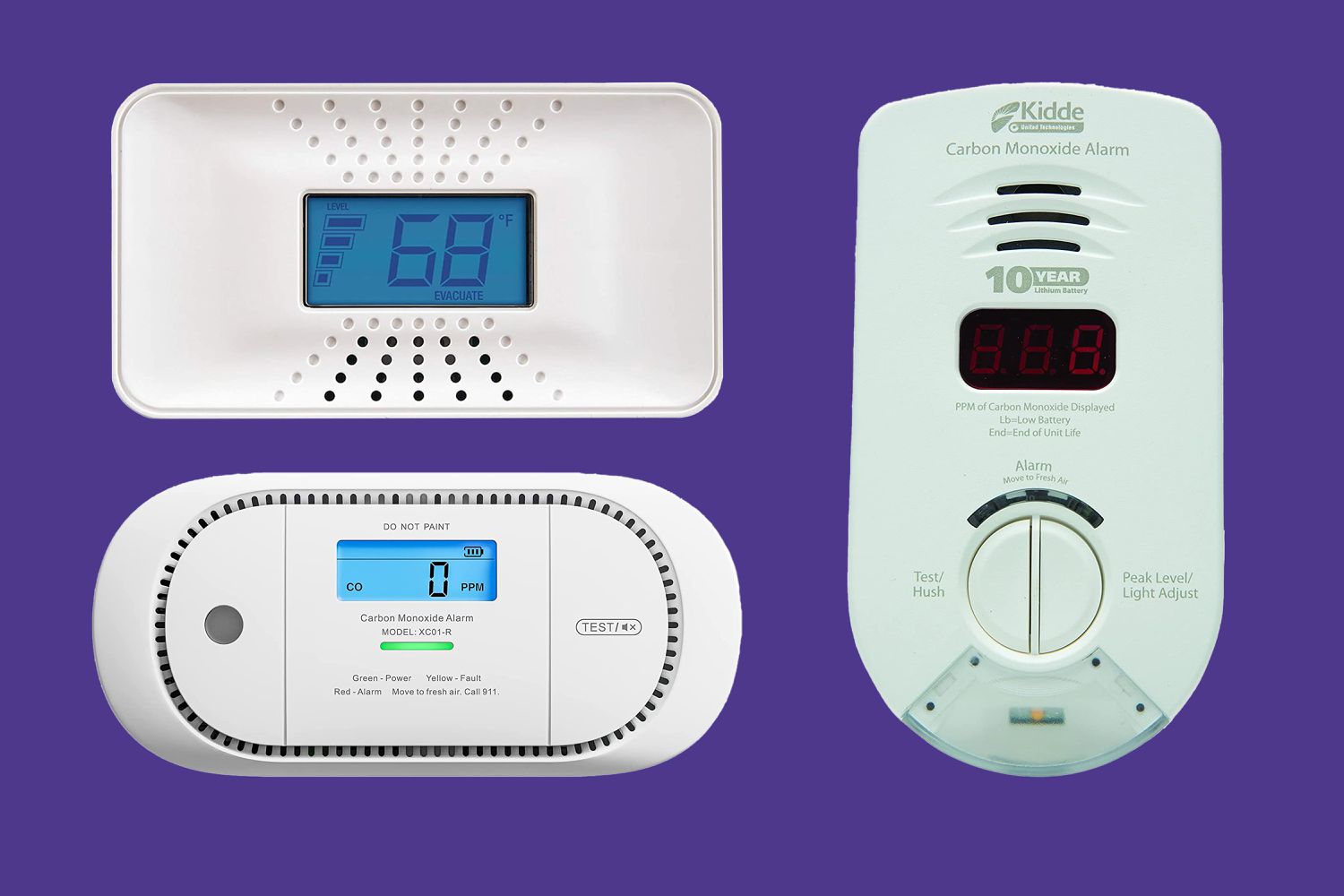
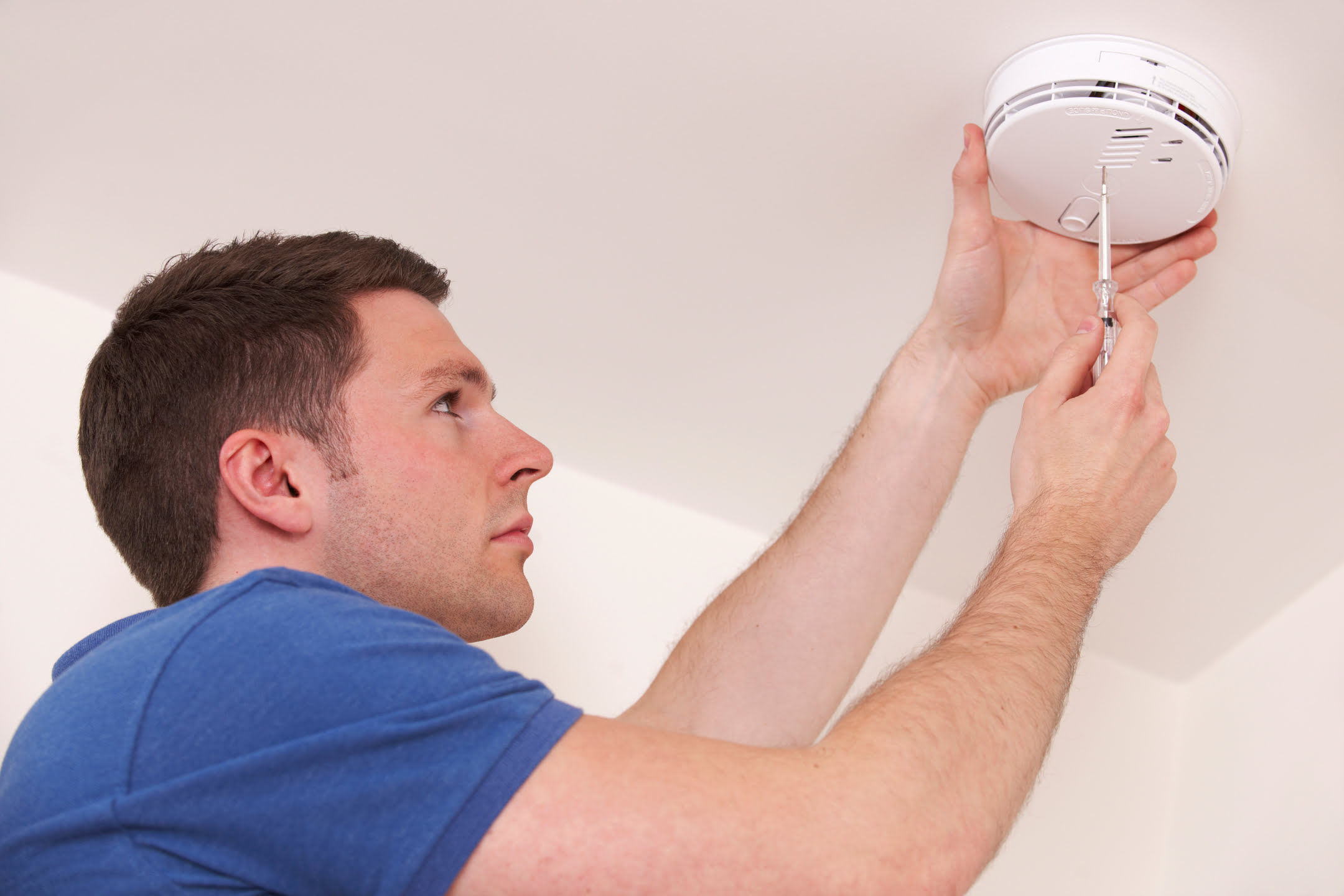
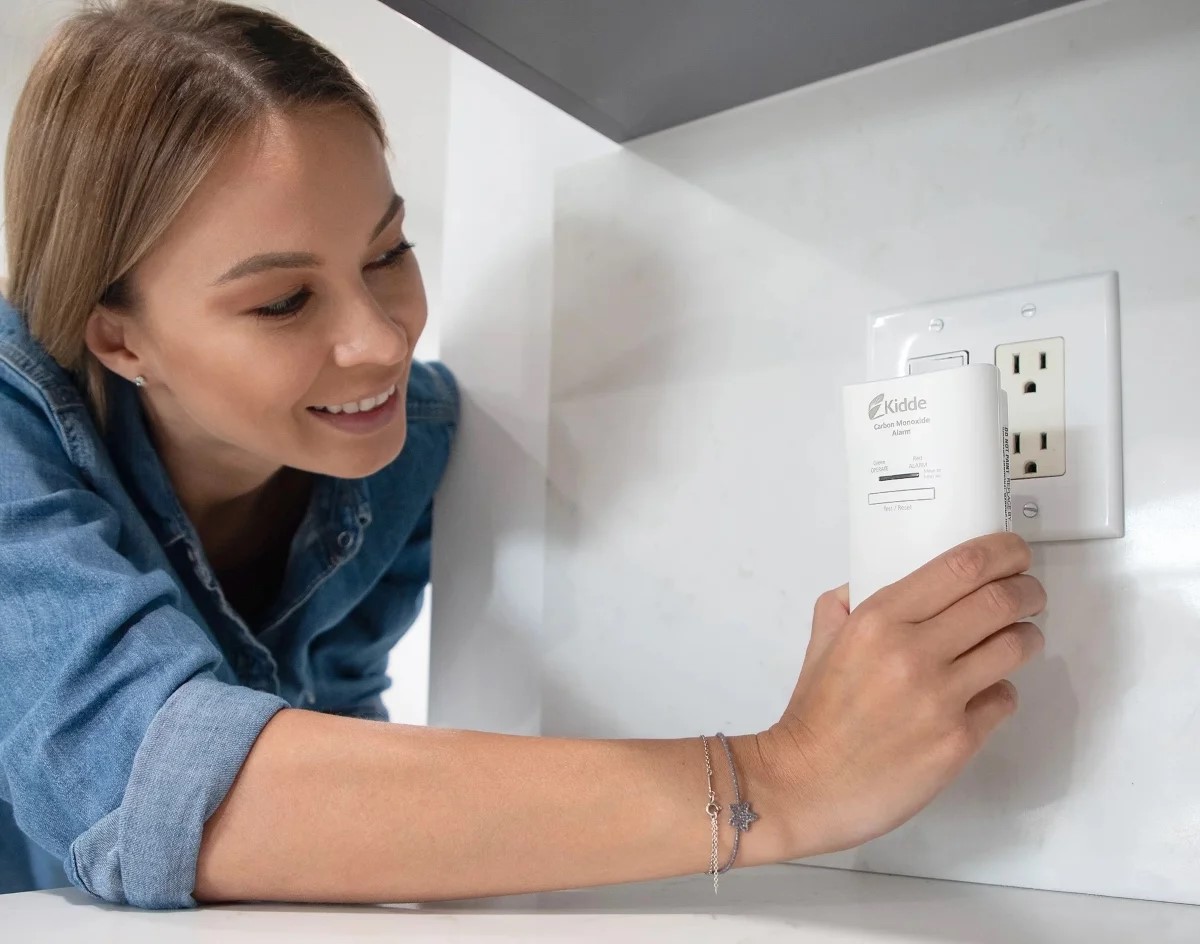
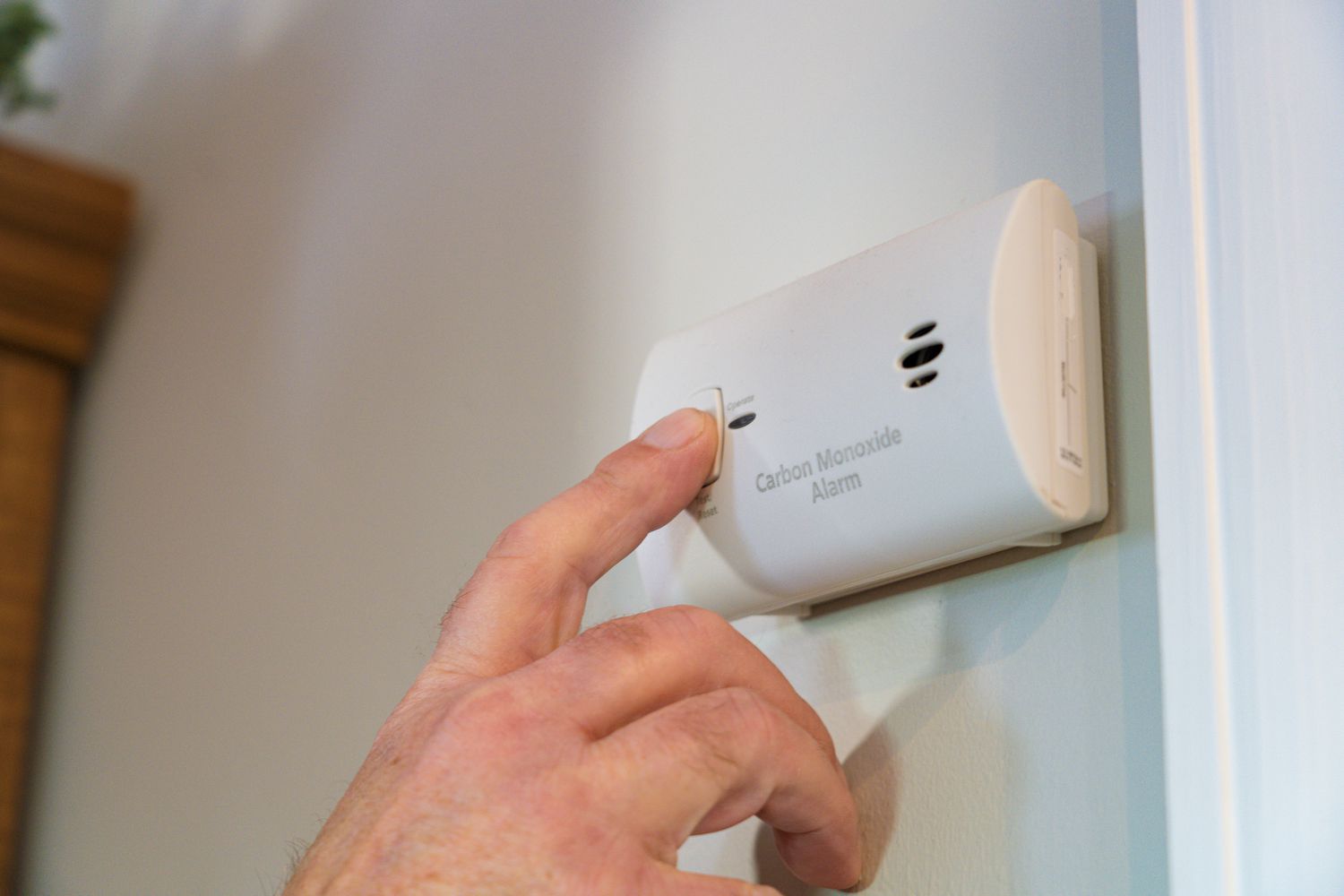
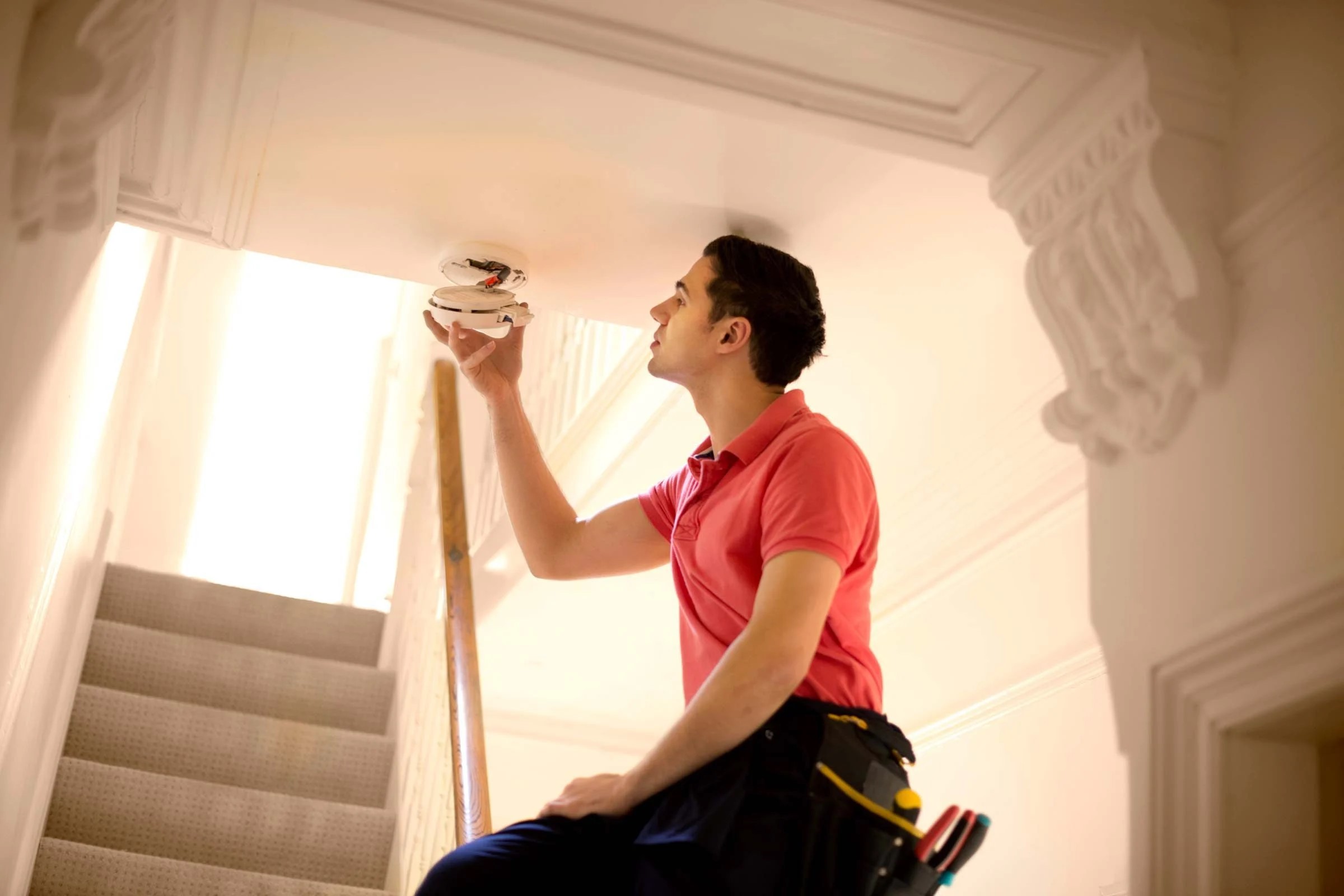
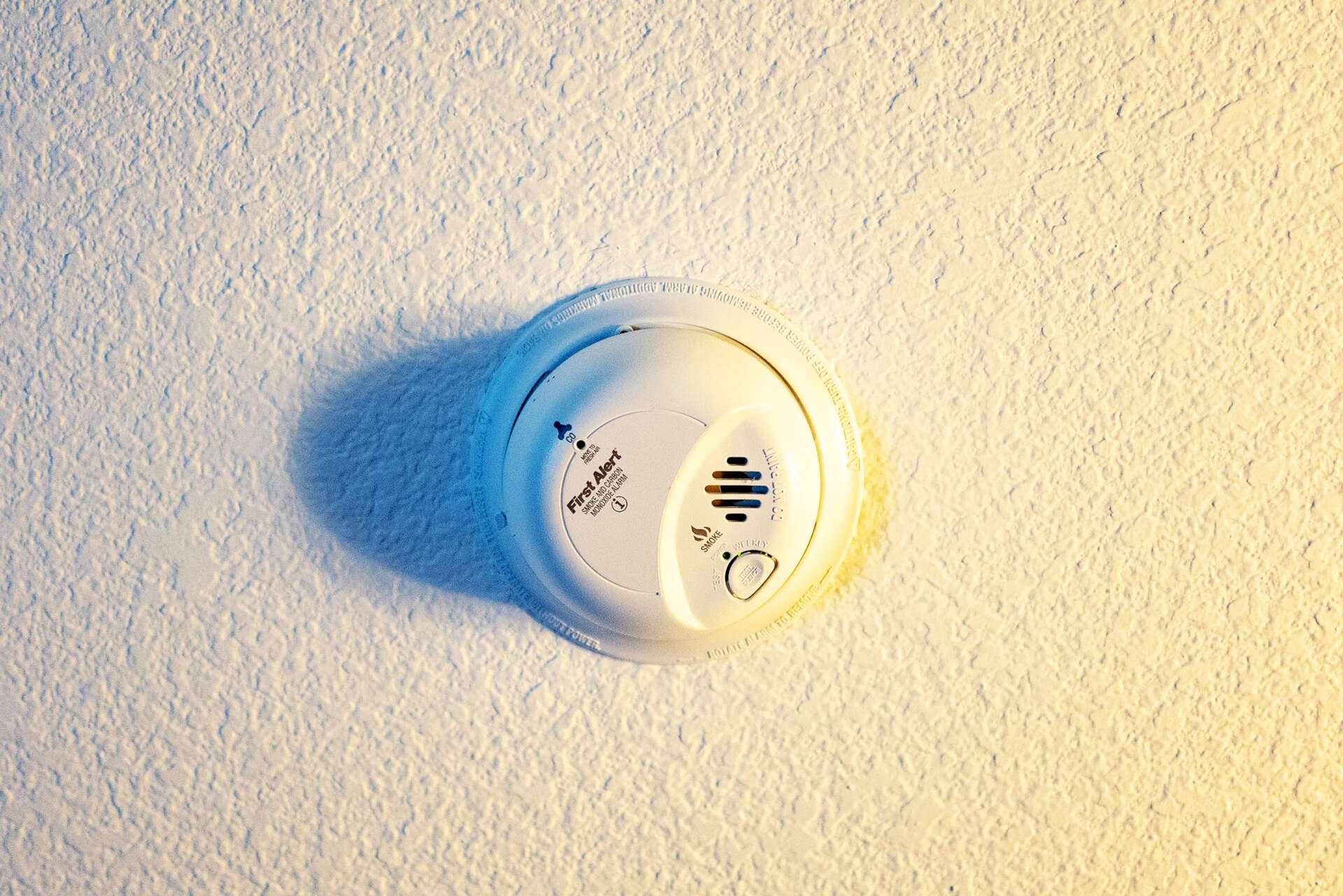
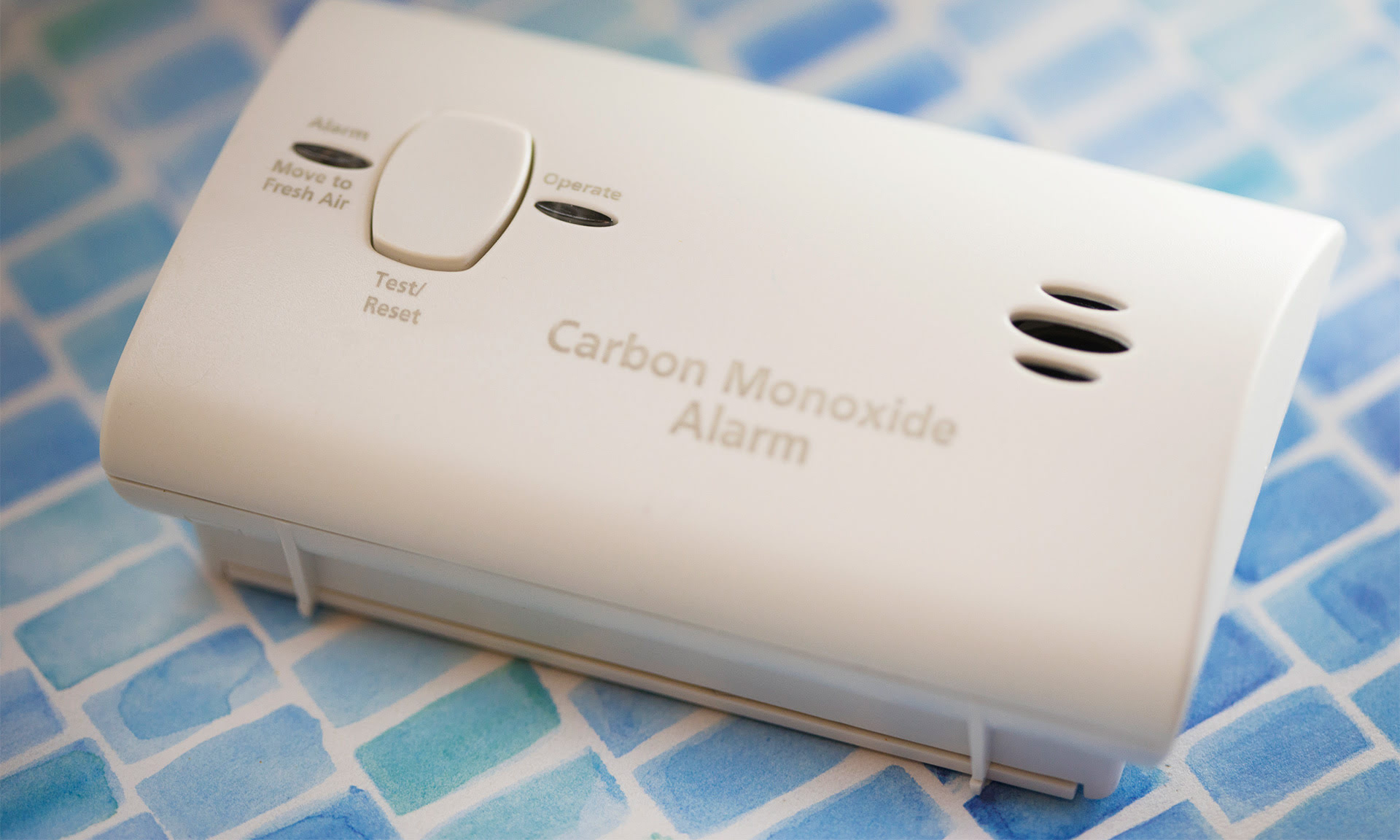
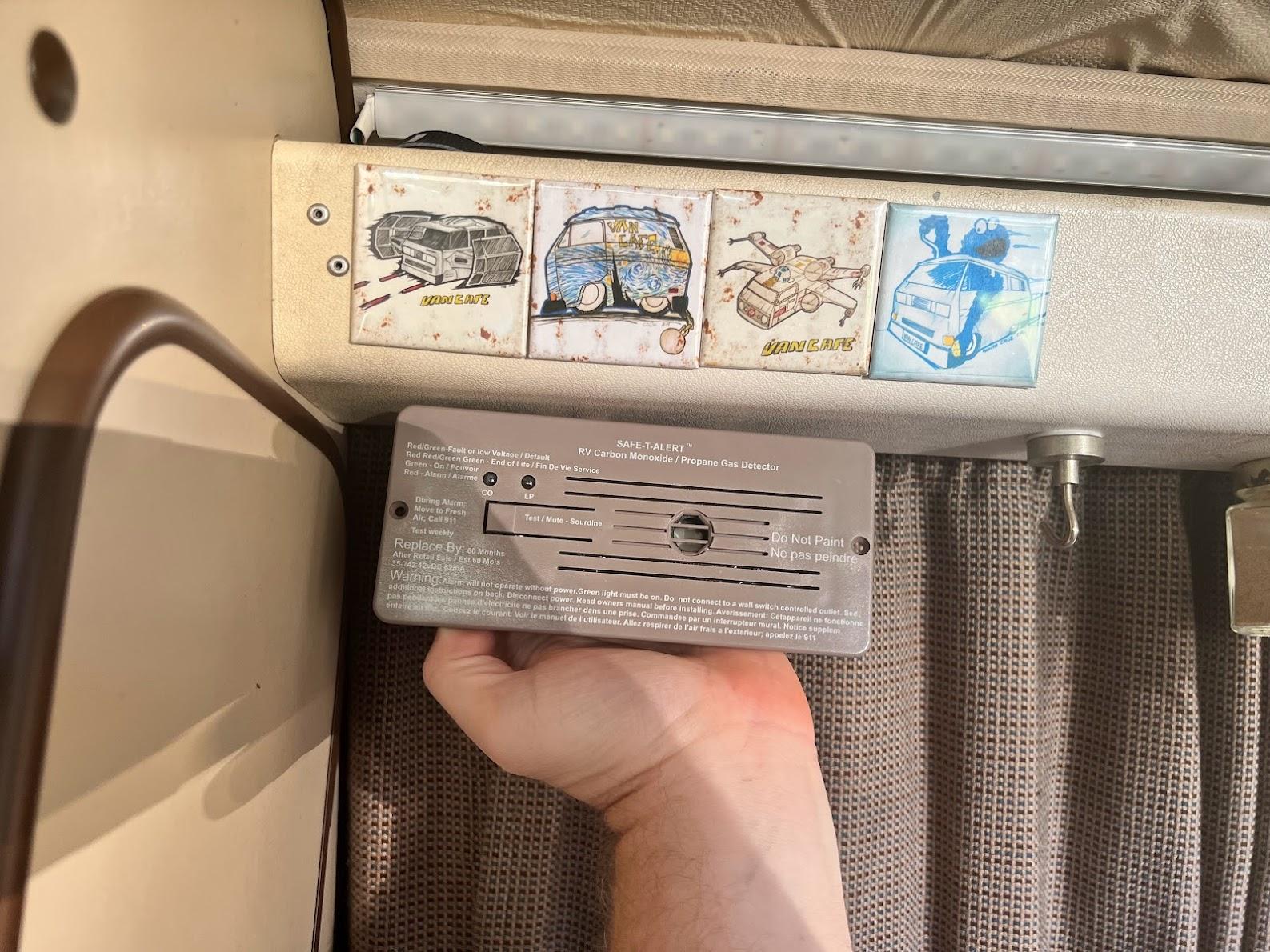
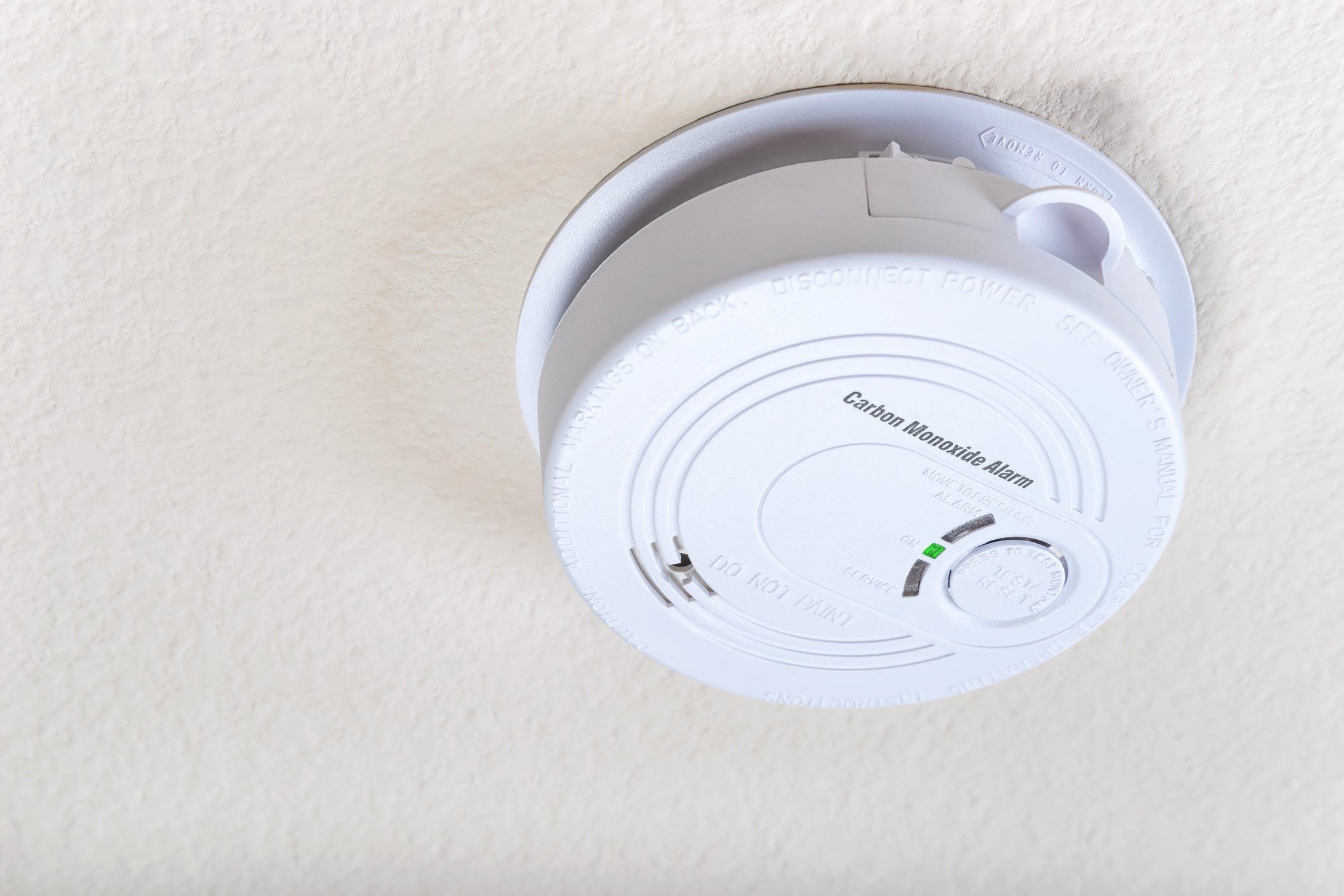
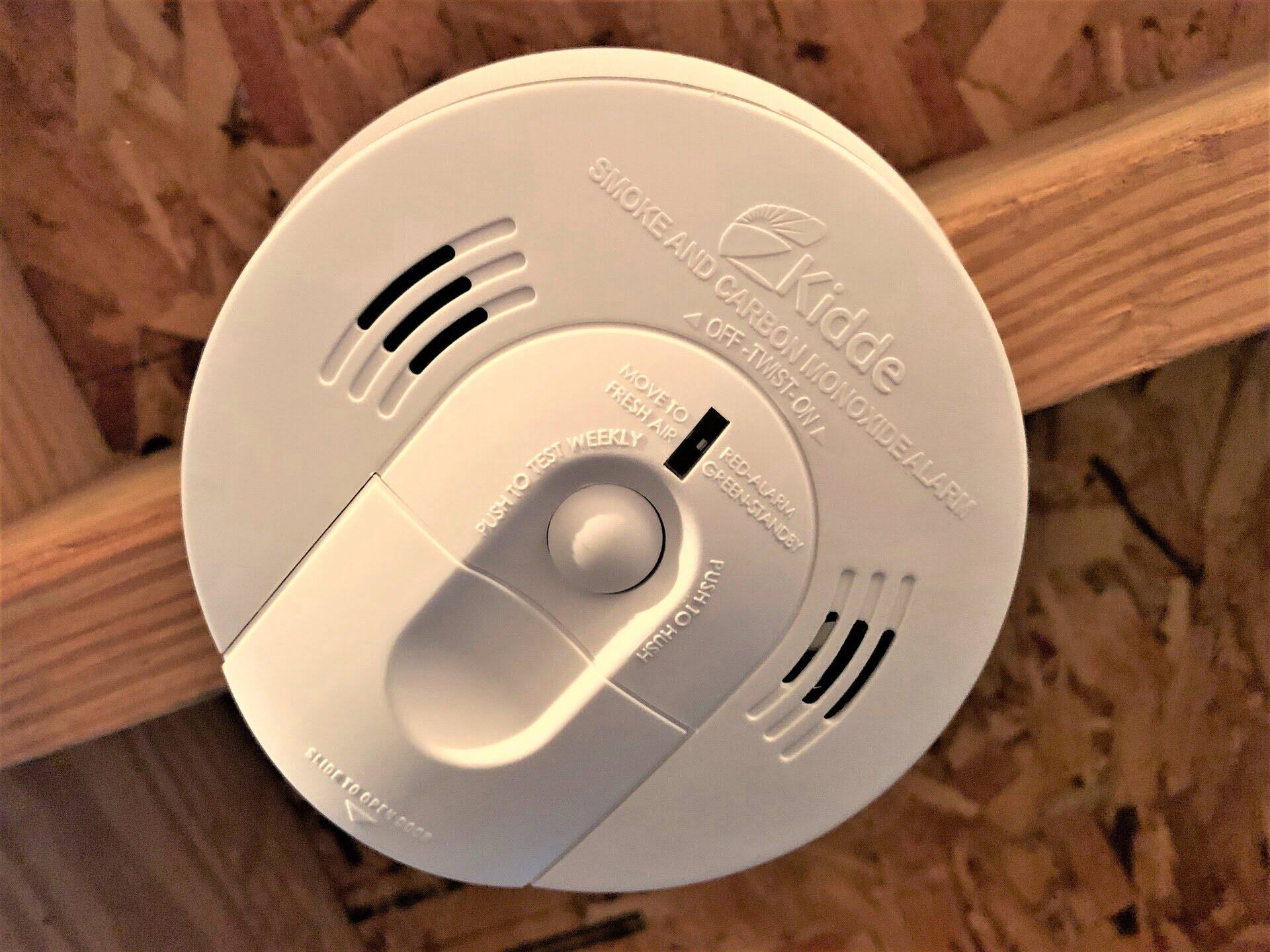
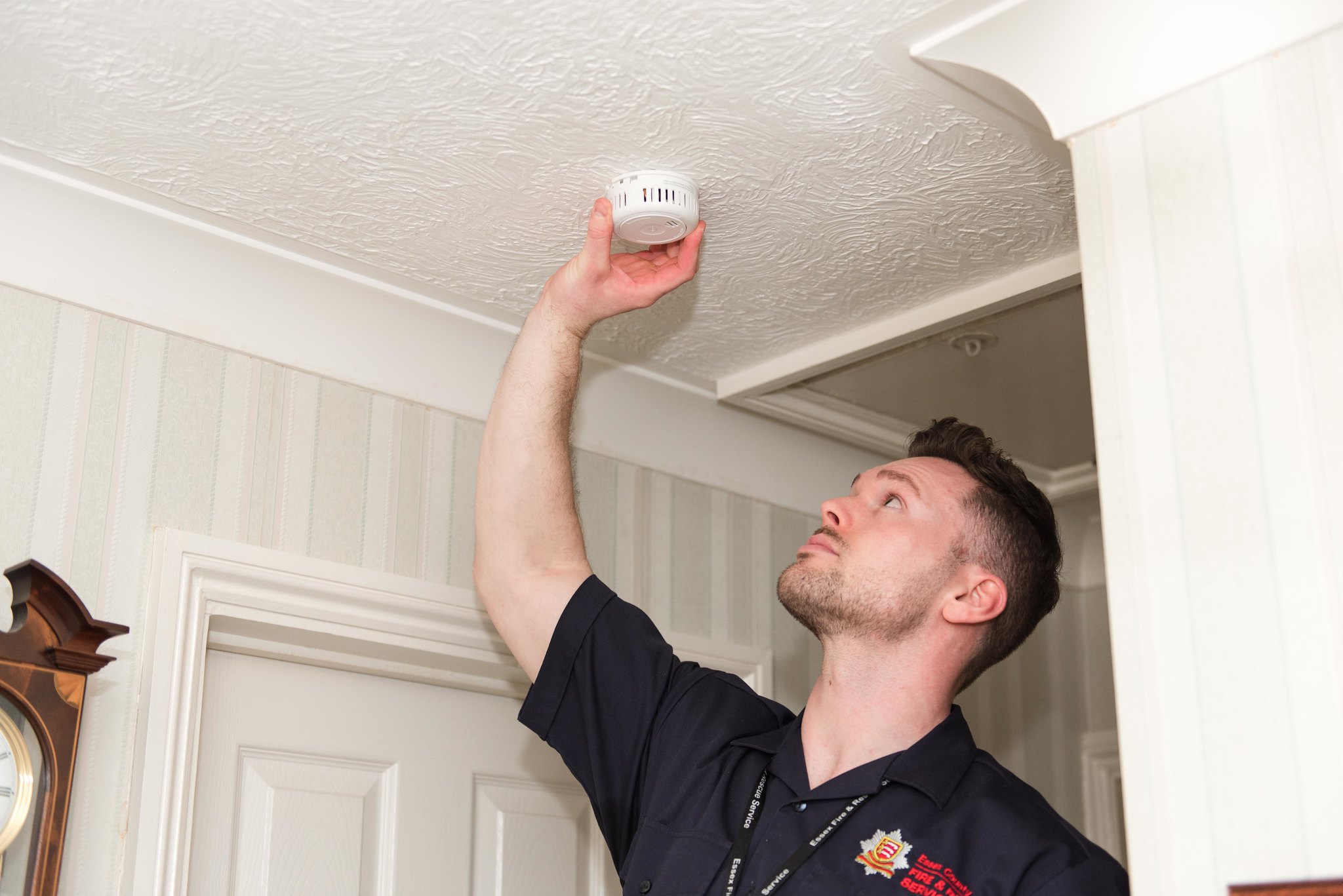
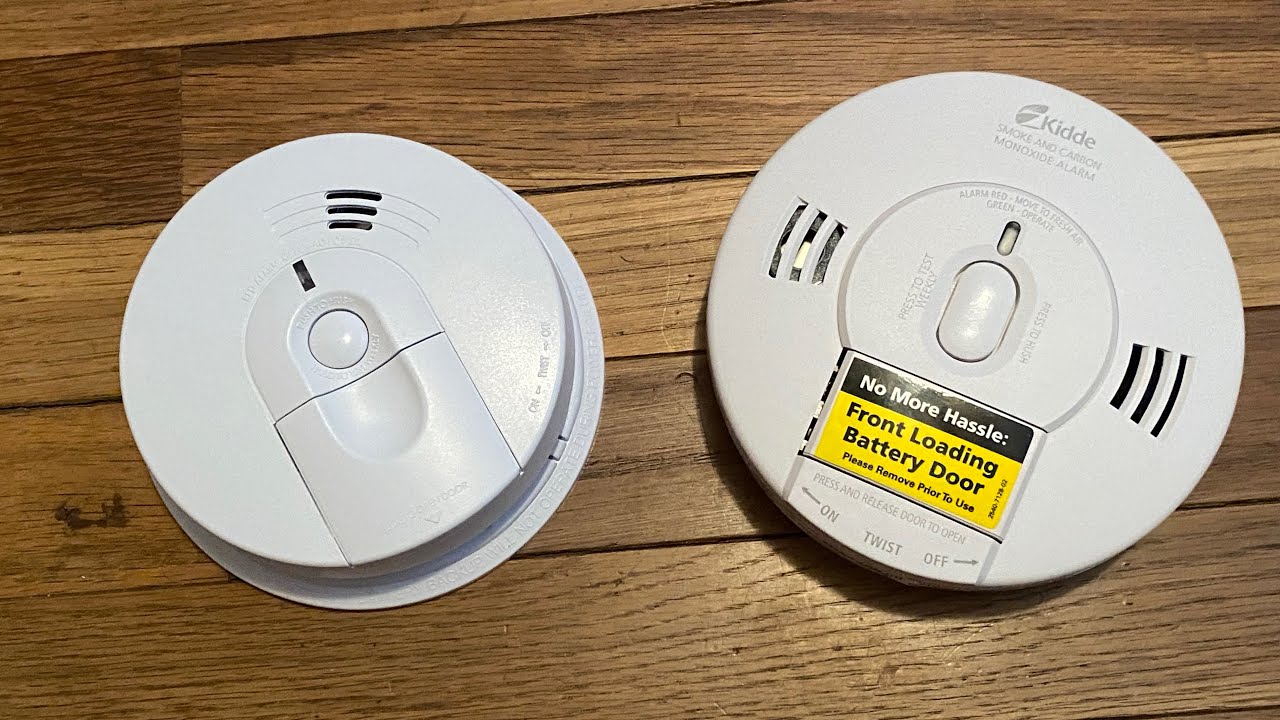
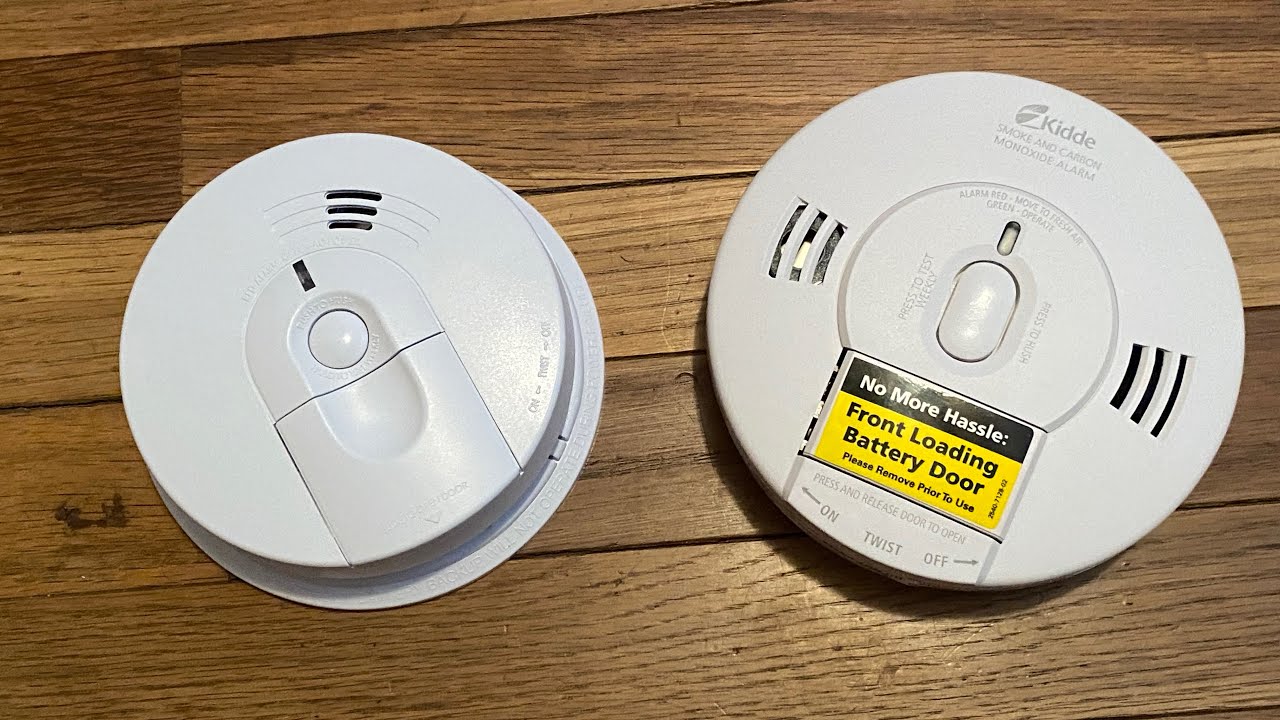

0 thoughts on “When Is A Carbon Monoxide Detector Required”